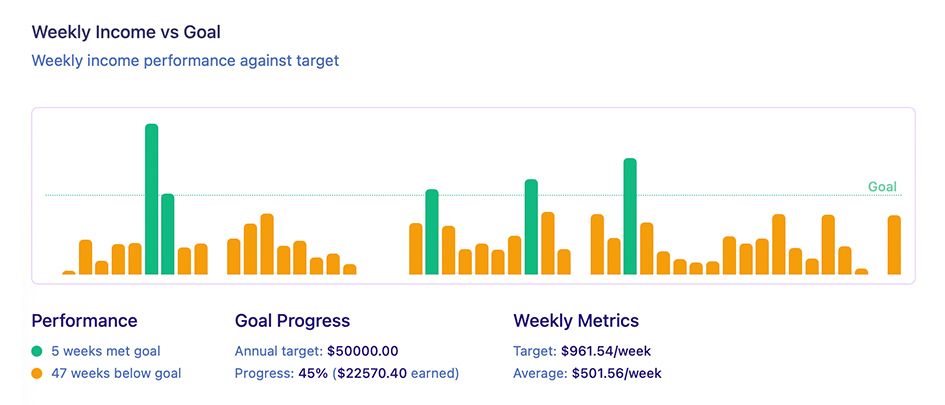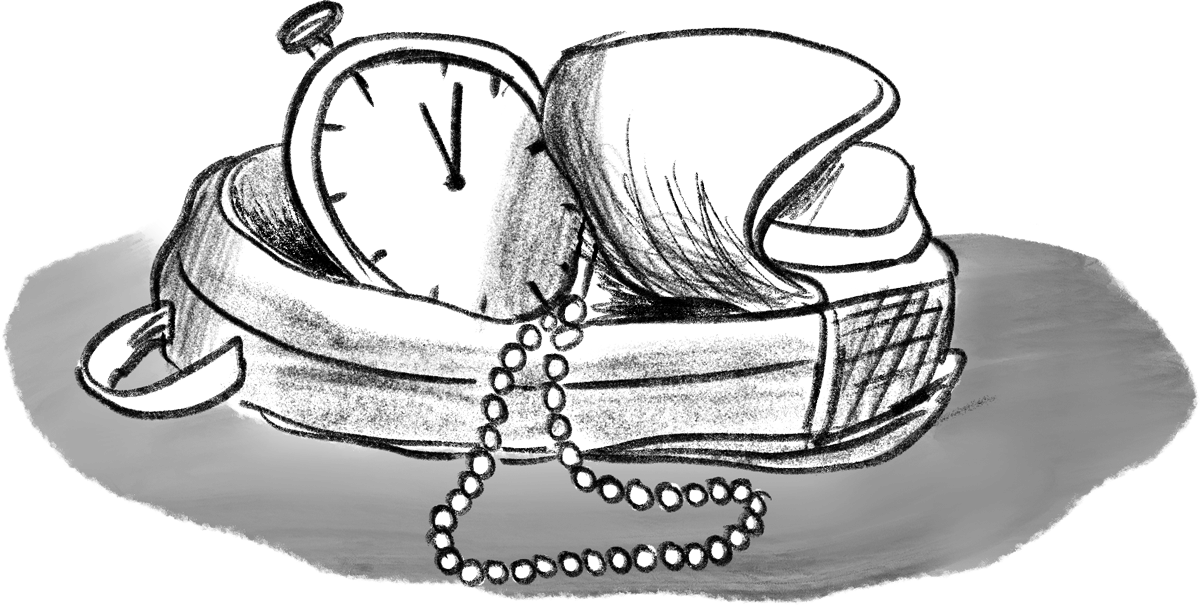


The Value Isn’t Only In The Billing
Yes, accurate billing is important, but the real magic of time tracking happens when you start seeing patterns in your work that you never noticed before.
You Discover Your True Hourly Rate
Most freelancers have no idea what they actually earn per hour. They know their quoted rate, but they don’t know their effective rate after all the unbillable time.
When you track everything — the client calls, the revisions, the admin work, and the hours the project is keeping you awake at night — you might discover that your $100/hour project actually paid you $65/hour. That’s soberingly valuable information.
You Find Your Most Profitable Work
Not all clients are created equal. Some pay well but require endless revisions. Others pay less but are dream clients who respect your expertise.
You Spot the Time Thieves
We all have ‘em. Those tasks that seem quick but somehow eat up hours. Email. Social media. “Quick” client calls that turn into strategy sessions.
“I recently worked on an album design for a sweet elderly singer-songwriter who called every day to ‘discuss the design’ - though I suspect she mostly just wanted a chat. I genuinely valued our friendship and those conversations, but I still logged the time against her project. I didn’t bill her for them, but having that data helps me understand where all my time actually goes.”
— Steve Leggat, TallyHo creator

The TallyHo Approach
TallyHo is a bit different. Most time tracking apps focus on the mechanics — start timer, stop timer, categorize, bill. My aim with TallyHo is to help you understand your time, not just track it.
Start Simple
You don’t need to track every minute from day one. Start with these basics:
- Client work (billable time)
- Admin time (emails, invoicing, etc.)
- Business development (proposals, networking)
Make a concerted effort to track these types of project phases for a month and you’ll be amazed at what you discover.
The Bottom Line
Time tracking shouldn’t be about micromanaging yourself, rather about making informed decisions about your business.
Want to raise your rates? You’ll have data to back it up. Want to fire a difficult client? You’ll know exactly how much they’re costing you. Want to work fewer hours for the same income? You’ll know which work to focus on.